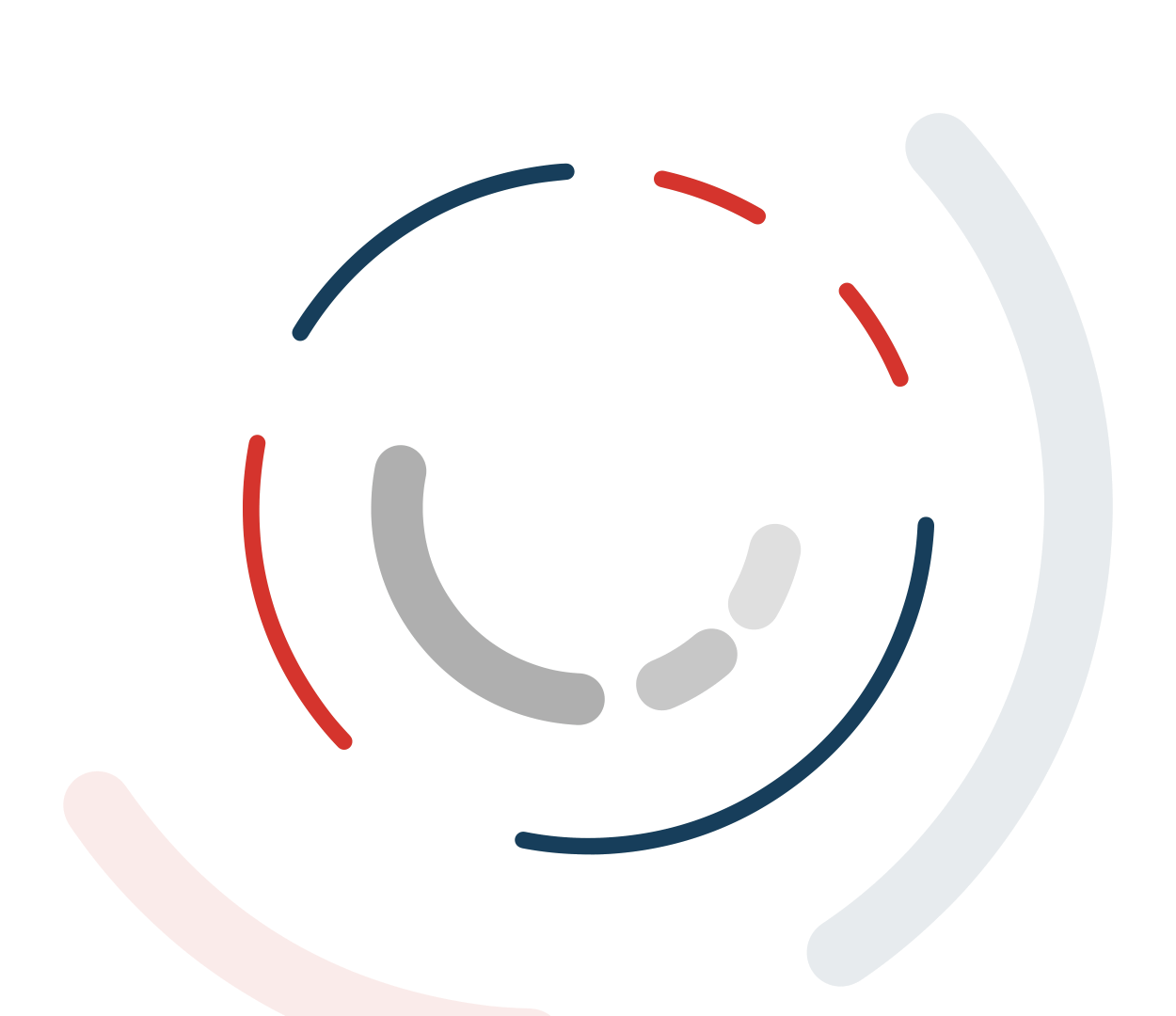Computer vision
Computer vision uses digital photos, videos, and other visual inputs to provide recommendations. It trains computers to perform functions similar to human sight using cameras, data, and algorithms. Additionally, it can swiftly outperform humans by detecting faults or issues that are invisible to humans while inspecting items or monitoring a production asset. This system can assess hundreds of products or processes per minute.
Computer vision in the vineyard
Wine growers work solely in vineyards. Their jobs entail taking care of the planting, growth, and well-being of the vines. There are many stages of work involved throughout the year, including manually examining the health of their vines and the wetness of the soil as they drive through the fields. They search for pests, disease, water stress, vigor, and other issues. As a result, they can reduce the occurrence of disease and damage to vineyards and prevent further problems. Most of these jobs are very labor-intensive to this day.

A computer vision system will be able to do it all. Vehicle-mounted camera systems will provide fast, efficient vineyard data shortly, alerting growers to issues that may require additional human inspection and/or intervention.
Tule Vision – an iPhone app that can read leaf water potential
Tule Technologies Inc. is one of the pioneers in the field of computer vision. Its computer vision model, Tule Vision, monitors water stress levels. Wine growers can capture a short video of their plants, and the AI will inform them of their midday leaf water potential (also known as “thirstiness”). Tule accomplishes this by feeding the computer thousands of photos of vines, along with labels for each image indicating the vines’ midday LWP. The computer learned to distinguish various levels of water stress in plants by examining leaf-petiole angle, color, vine canopy vigor, and other factors. This is similar to how an expert viticulturist does it.
The advantages of Tule Vision lie in accuracy and timing. With Tule Vision, growers can get exact Leaf Water Potential readings in just a few seconds. They can also view real-time images of vineyards from anywhere using mobile apps and web dashboards
AI and Irrigation Management
According to new research published in the journal Computers and Electronics in Agriculture by Dr. Sigfredo Fuentes, AI could change the face of the wine industry.

Multispectral and thermal infrared sensors on drones capture detailed pictures of vines. The pictures show signals that indicate the vines’ water status as the drones fly overhead. These signals can be used to identify whether the plants are water stressed or not. They can also indicate which areas of the vineyard have been affected by disease or pests, as well as which plants have died and need to be replaced. The technology allows growers to survey a 45-hectare area in 15 minutes and has the results ready the next day. Traditionally, it takes a consultant days to complete. This shows how AI can transform traditional industries.
Image by pvproductions on Freepik

